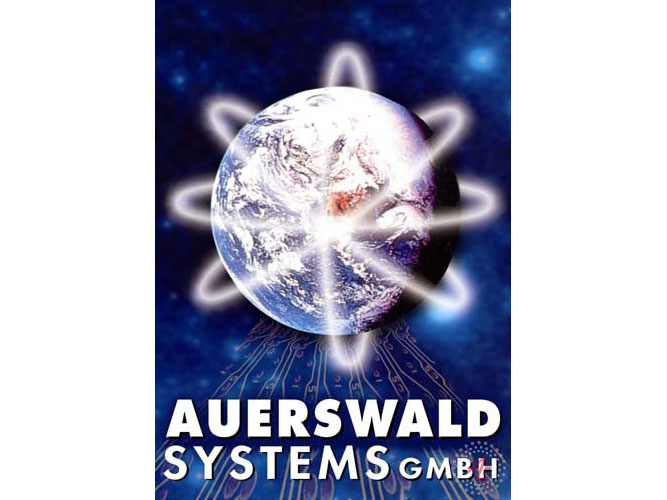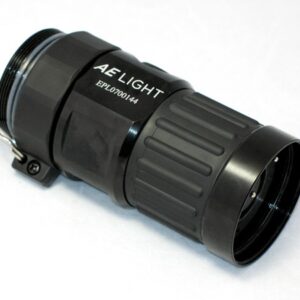Input and General Specifications*:
- Input Voltage: Universal input 85 V – 264 V AC RMS, 45 Hz – 80 Hz,
- 120 V – 350 V DC bipolar
- Input Current (85 V Line): Max. 4 A during operat
- Operating Temperature: -25 °C to 85 °C / Safety Switch 100 °C +/- 5 °C
- Automatic restart at approx. 70 °C
- Efficiency (85 V Line): > 88 %
- Nominal Power Output PL : 200 W / 250W depending on lamp type
- 150 W – 300W adjustable by factory and depending on voltage input.
- Lamp Current Mode: Square wave, duty-cycle D = 50 %,
- Frequency f = approx. 150 Hz
- Ignition: External starter IG250UW
- AC Mains Harmonics: According to EN 61000-3
- Mechanical, Dimensions: Open frame with mounted PCB
- 160 mm (L) x 100 mm (W) x 44 mm (H)
Cooling: Heat sink must be cooled by forced air flow or additional heat sink, losses depending on input voltage, lamp power and operating conditions.
Please Contact Us for information about purchasing this product.
HID lights are a quality and efficient way to provide light in a variety of industries and environments, providing a powerful, portable searchlight. With its high-intensity discharge, these lamps offer superior lighting and meet the highest industry standards.
Ballasts are part of what make these flashlights so effective. When the right electronic ballast is used, you can create a cost-effective lighting option with energy efficiency and advanced control over how much light is produced.
Electronic ballasts put out multiple frequencies without needing the input voltage altered. This method allows the ballast to function without flickering or buzzing, whereas magnetic ballasts are typically the reason for that buzzing and clicking. If your HID light is running with a magnetic ballast, you could have the noise, but also a less efficient flashlight.
There are two types of starting methods for HID electronic ballasts. The first is a probe start, which can be harder on an HID light. The electrons jump across the arc tube, which is held between two operating electrodes. Once the lamp is started, then the starting probe electrode is detached and removed from being part of the circuit. While this can be an effective starting method, the flashlight can take longer to warm up and reach the full brightness. The re-strike period can also be longer.
Pulse start ballasts, on the other hand, do not use a starting probe, but a high voltage igniter working alongside the ballast. Using this method, the life of your light can be extended and the lumens do not depreciate as quickly.
To determine the right ballast for you, it is important to ask yourself the following questions:
- What type of light are you powering?
- Is there a size requirement/constraint for the light?
HID electronic ballasts are made for metal halide, mercury, metal vapor, and xenon short arc lamps. They can also be used with different voltage and wattage levels based on your application.
We feature Auerswald Systems, making our ballasts some of the lightest and most efficient HID electronic ballasts available. AE Light ballasts are ideal in a variety of applications, including portable lighting, medical, automotive, scientific, and industrial. With a state-of-the-art electronics design, our power products are perfect for lighting options that demand performance and reliability.
Additionally, we can help you design an HID electronic ballast that addresses your unique needs. If you are looking for a custom design, please contact us.








Reviews
There are no reviews yet.